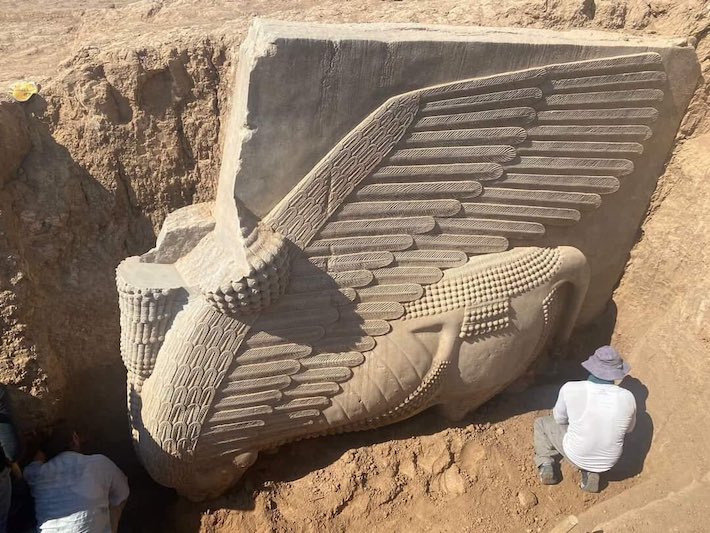 PARIS, FRANCE—Euronews reports that an 18-ton limestone sculpture of a lamassu dated to the reign of the Assyrian king Sargon II, who ruled from 721 to 705 B.C., has been uncovered in northern Iraq by an Iraqi-French team of archaeologists. A lamassu is a mythical creature with a man’s head, the body of a bull, and the wings of an eagle. Such sculptures served as symbols of intelligence, strength, and freedom. This one was first recorded in the nineteenth century at the entrance to the ancient city of Dur-Sharrukin (present-day Khorsabad). Although the head is now detached from the rest of the sculpture, it is believed to have been recovered from looters in the 1990s and is currently housed in the Baghdad Museum. “The rest of the body was found here and is in excellent shape,” said Pascal Butterline of Sorbonne University. “We can now study the whole context of this beautiful gate which might still be in very good condition,” he explained. For more on lamassu decorations, go to "Rise of the Persian Princes."
PARIS, FRANCE—Euronews reports that an 18-ton limestone sculpture of a lamassu dated to the reign of the Assyrian king Sargon II, who ruled from 721 to 705 B.C., has been uncovered in northern Iraq by an Iraqi-French team of archaeologists. A lamassu is a mythical creature with a man’s head, the body of a bull, and the wings of an eagle. Such sculptures served as symbols of intelligence, strength, and freedom. This one was first recorded in the nineteenth century at the entrance to the ancient city of Dur-Sharrukin (present-day Khorsabad). Although the head is now detached from the rest of the sculpture, it is believed to have been recovered from looters in the 1990s and is currently housed in the Baghdad Museum. “The rest of the body was found here and is in excellent shape,” said Pascal Butterline of Sorbonne University. “We can now study the whole context of this beautiful gate which might still be in very good condition,” he explained. For more on lamassu decorations, go to "Rise of the Persian Princes."
Headless Lamassu Sculpture Uncovered in Iraq
News October 26, 2023

Recommended Articles
Features July/August 2024
The Assyrian Renaissance
Archaeologists return to Nineveh in northern Iraq, one of the ancient world’s grandest imperial capitals

Digs & Discoveries March/April 2025
Prison or Fortress?
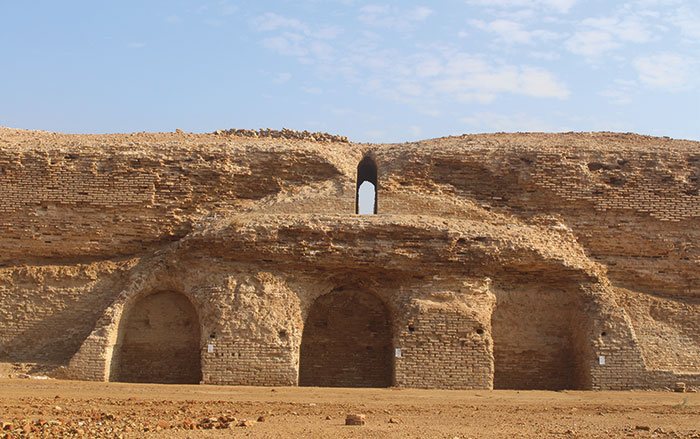
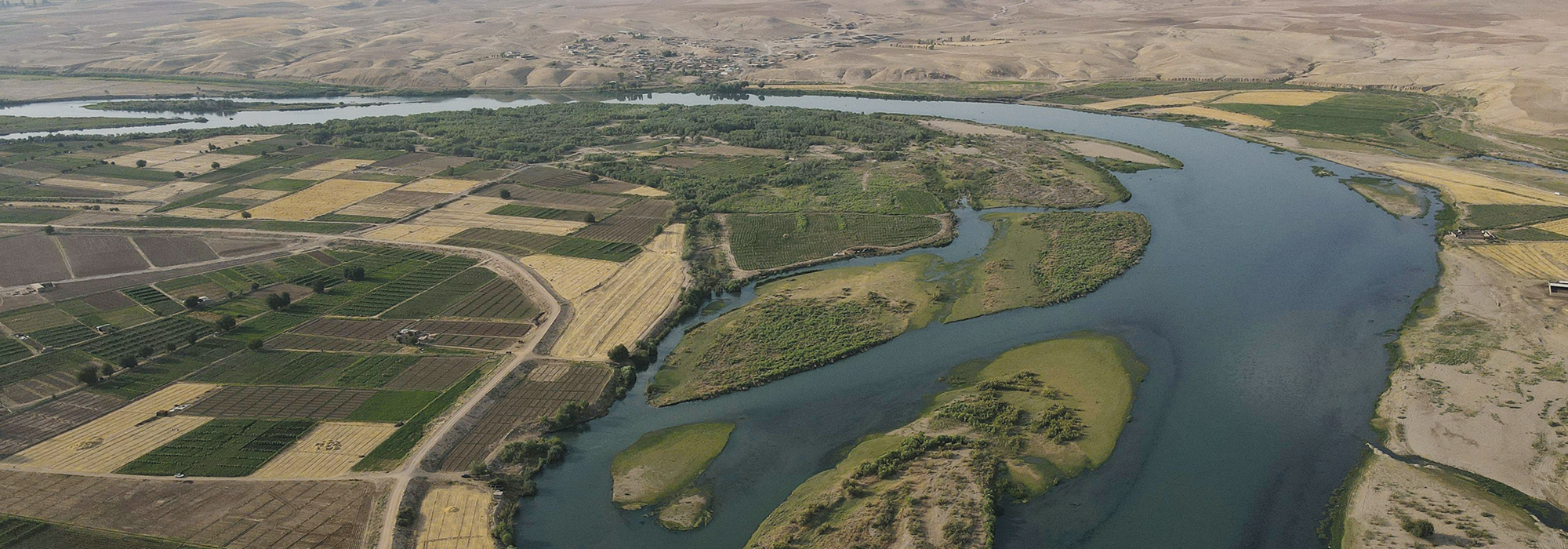
Digs & Discoveries July/August 2023
The Palace on Tablet Hill
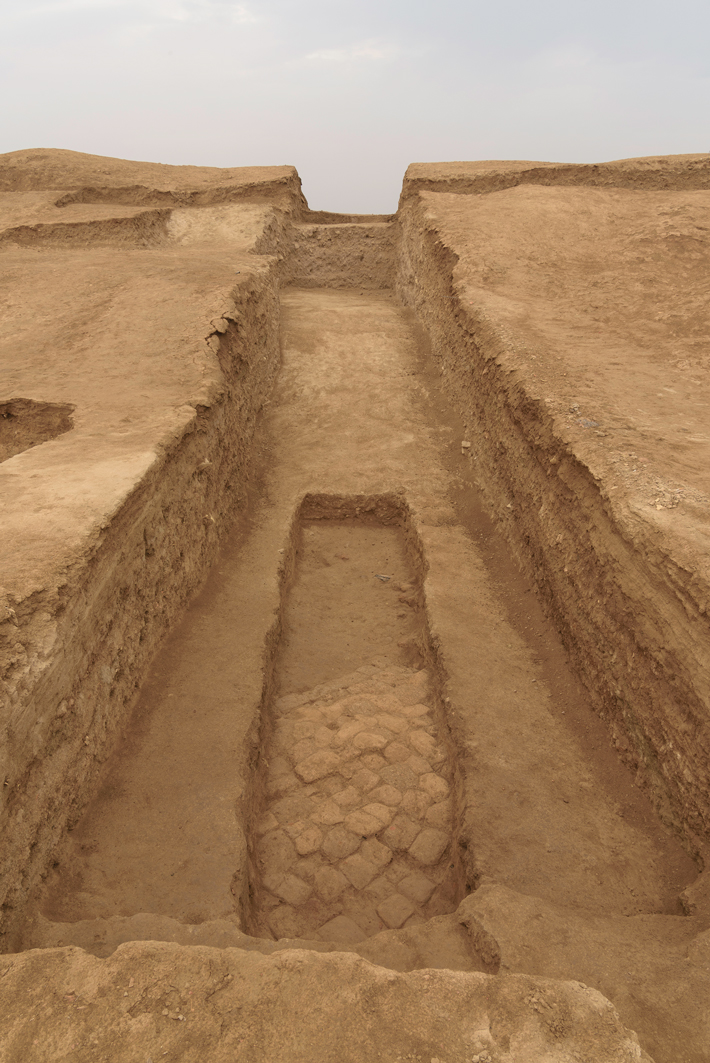
-
Features September/October 2023
Ukraine's Lost Capital
In 1708, Peter the Great destroyed Baturyn, a bastion of Cossack independence and culture
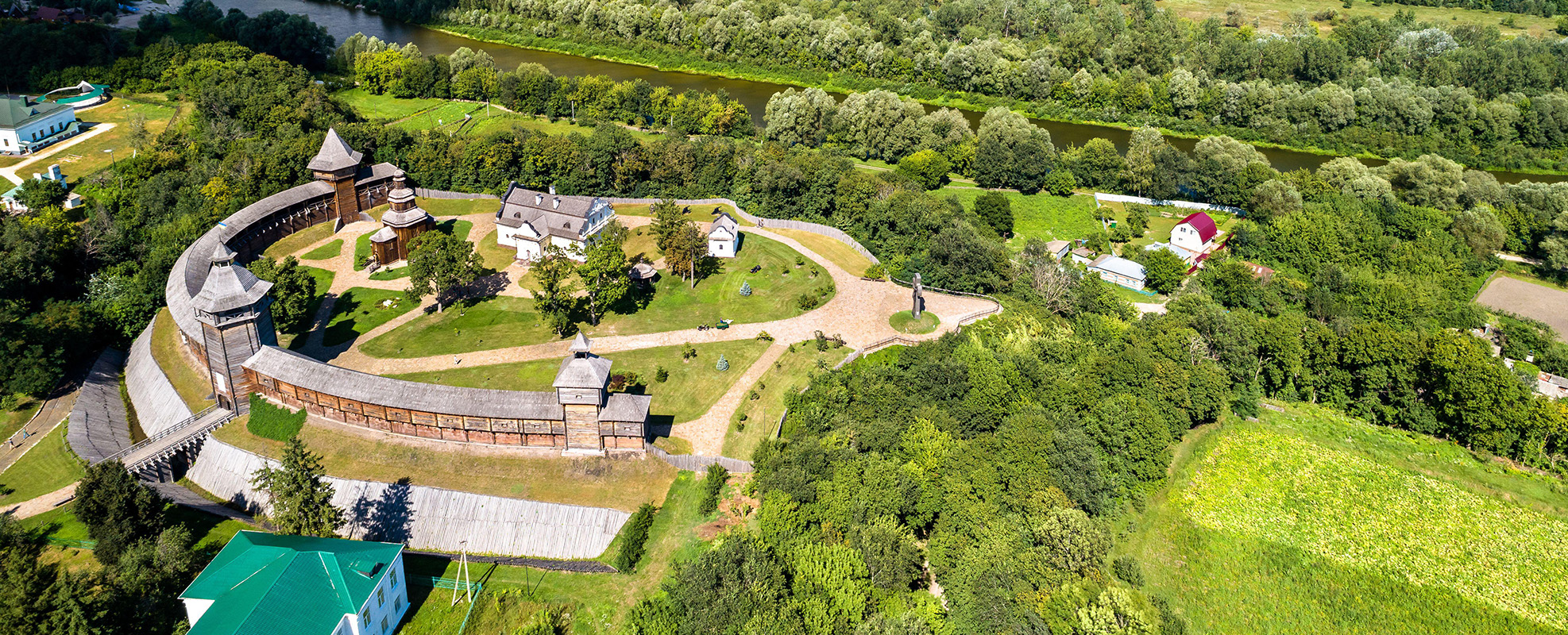 (Leonid Andronov/Alamy Stock Photo)
(Leonid Andronov/Alamy Stock Photo) -
Letter from Vesuvius September/October 2023
Digging on the Dark Side of the Volcano
Survivors of the infamous disaster rebuilt their lives on the ashes of the A.D. 79 eruption
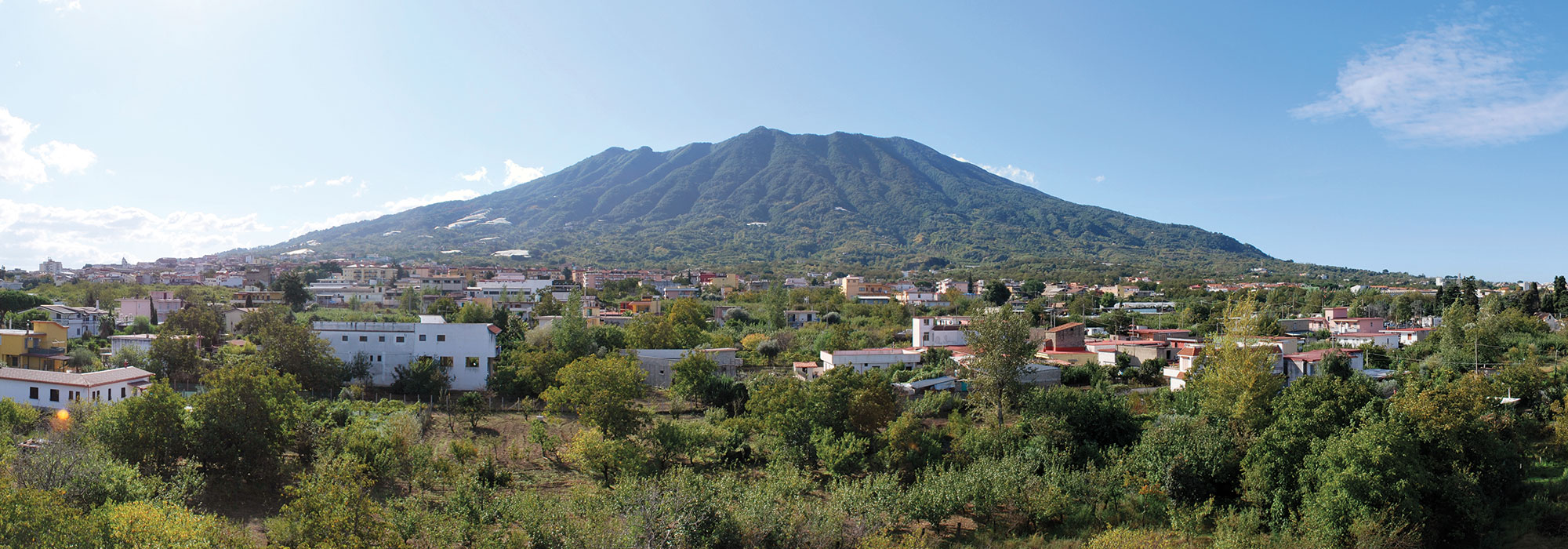 (Courtesy Girolamo Ferdinando De Simone)
(Courtesy Girolamo Ferdinando De Simone) -
Artifacts September/October 2023
Padlock
 (Courtesy James Davidson)
(Courtesy James Davidson) -
Digs & Discoveries September/October 2023
Nose to Tail
 (Lisa See collection. The Huntington Library, San Marino, California)
(Lisa See collection. The Huntington Library, San Marino, California)


